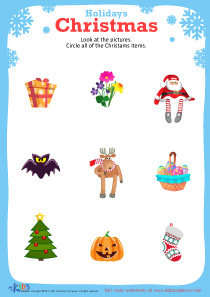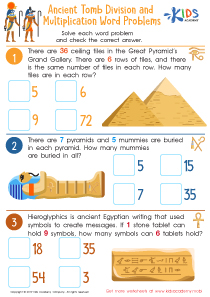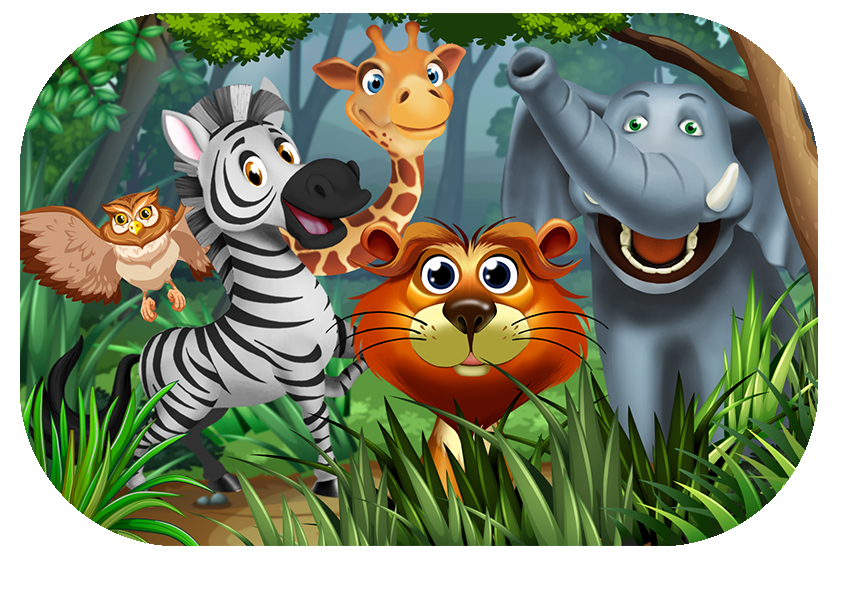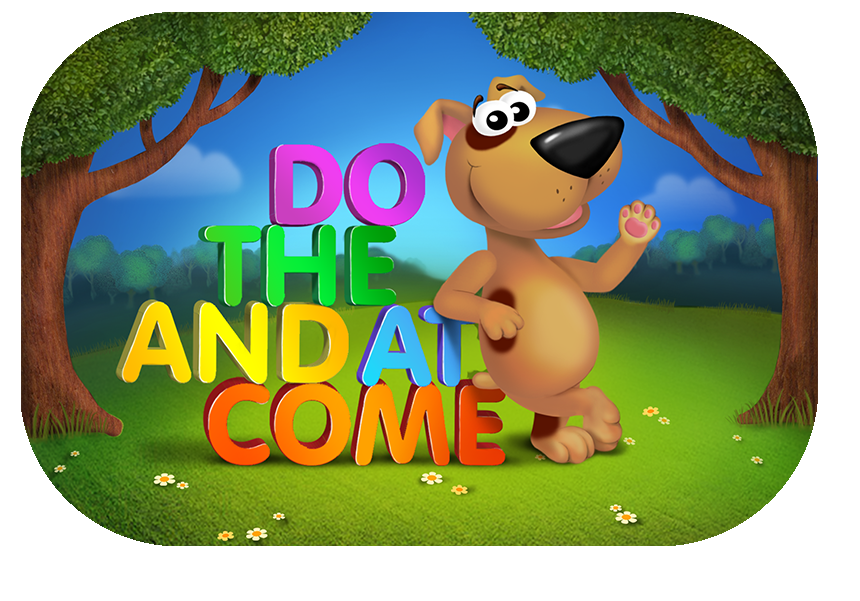English Language Arts Lessons | Answering Questions About Stories Read Aloud (Craft & Structure) for Ages 3-5
3 results
Dive into the magical world of stories with our engaging lessons on Answering Questions About Stories Read Aloud (Craft & Structure) designed specifically for children aged 3-5. Through interactive worksheets, captivating educational videos, and fun assessment quizzes, young learners will develop a deep understanding of the craft and structure of storytelling. Each lesson is crafted to spark curiosity, enhance listening skills, and encourage thoughtful responses to stories read aloud. Join us on this enchanting journey, where each story becomes a stepping stone towards a lifetime love for reading and learning. Embark on this adventure today and witness your child's imagination and comprehension skills flourish.
In the foundational years of learning, the way children engage with stories can significantly shape their cognitive and emotional development. The Answering Questions About Stories Read Aloud (Craft & Structure) for Ages 3-5 program is specifically designed to harness the power of storytelling, making it a vital component of early childhood education. This program is not just about listening to stories; it's about interacting with them in a way that builds critical thinking, comprehension, and language skills.
The importance of developing these skills at an early age cannot be overstated. Children are naturally curious, asking questions about everything they encounter. The Answering Questions About Stories Read Aloud program taps into this innate curiosity by encouraging children to engage with stories beyond the surface level. Through carefully crafted lessons that include interactive worksheets, educational videos, and assessment quizzes, it offers a comprehensive approach to understanding the craft and structure of storytelling.
Interactive worksheets serve as a crucial part of this learning process. These are not mere fill-in-the-blank sheets but thoughtfully designed activities that ask children to consider why characters act the way they do, how the setting influences the story, and what might happen next. This type of engagement helps children to not just passively listen but actively think about and dissect the stories they hear, laying a robust foundation for reading comprehension and critical thinking skills.
Educational videos supplement these worksheets by bringing stories and their elements to life. Visual and auditory learners, in particular, benefit from this modality, as it helps cement understanding in a way that is both engaging and memorable. Videos can illustrate concepts like plot development, character traits, and the importance of setting in a story, making abstract concepts more accessible to young minds.
The inclusion of assessment quizzes adds another layer of depth to the program. By answering questions about the stories they've heard and interacted with, children can demonstrate their understanding and teachers can gauge comprehension and identify areas that may need further reinforcement. These quizzes also teach children to recall information and articulate their thoughts, reinforcing language skills and memory.




















